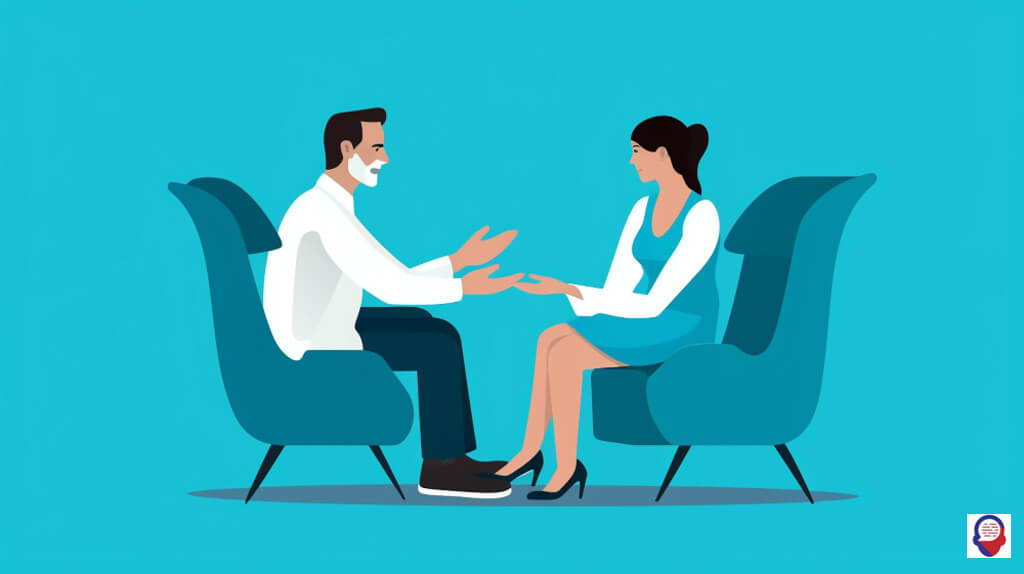Find Lasting Relief: Your Guide to GAD Therapy
Living with Generalised Anxiety Disorder, or GAD, can feel like navigating a world where the volume is always turned up too high. It’s a constant hum of worry, a persistent "what if" that shadows every decision, every interaction, and every quiet moment. This isn’t just everyday stress, it’s a relentless current that can erode your sense of peace and joy. But there is a powerful, effective, and lasting way to turn down that volume and reclaim your life. That way is therapy.
This comprehensive guide is designed to walk you through the landscape of therapy for GAD. We will explore what it truly means to have this condition, why therapy is a cornerstone of treatment, and what different therapeutic approaches can offer. Consider this your first step toward understanding, a roadmap to finding not just relief, but resilience. You are not alone in this, and real, sustainable change is entirely possible.

What is Generalised Anxiety Disorder (GAD)?
Generalised Anxiety Disorder is a mental health condition characterised by excessive, persistent, and uncontrollable worry about a wide range of everyday things. Unlike the focused fear of a phobia or the sudden rush of a panic attack, GAD is a more constant and pervasive state of anxiety that can latch onto topics like health, money, family, or work, often without a specific, proportional reason.
The worry associated with GAD is far more intense and disruptive than the normal anxiety everyone experiences from time to time. It’s the kind of worry that feels impossible to switch off, interfering with concentration and daily functioning. People with GAD often anticipate disaster and may be overly concerned about ordinary matters, spending significant portions of their day caught in cycles of anxious thought.
This mental exhaustion is frequently accompanied by a host of physical symptoms. You might experience restlessness or a feeling of being on edge, fatigue, difficulty concentrating, irritability, muscle tension, and problems with sleep. These physical manifestations are not just side effects, they are a core part of the disorder, reflecting the immense toll that chronic worry takes on the body’s nervous system.
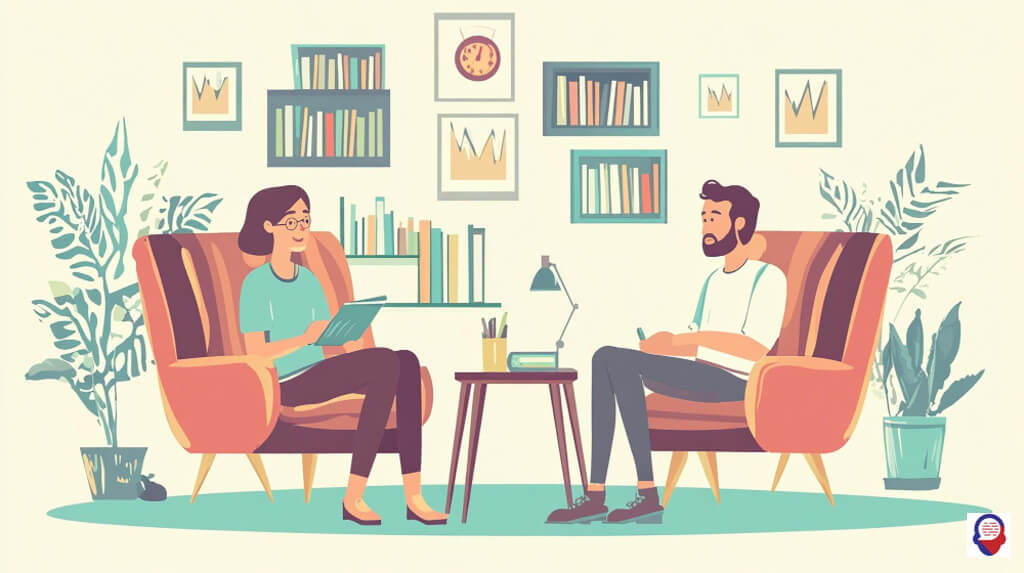
Why is therapy the primary treatment for GAD?
Therapy is considered a primary and highly effective treatment for GAD because it addresses the fundamental thinking and behavioural patterns that create and sustain the anxiety. While medication can be very helpful in managing symptoms, therapy provides you with the skills and insights needed to understand your anxiety, challenge it, and ultimately change your relationship with it for the long term.
Think of it this way, medication can act like a life raft, keeping you afloat when the waters of anxiety are overwhelming. Therapy, on the other hand, teaches you how to swim. It equips you with durable strategies to navigate the currents of worry on your own, long after your sessions have ended. This focus on building personal competence and resilience is what makes therapy a transformative experience.
Therapy is not a passive process, it is an active collaboration between you and a trained professional. In a safe and confidential space, you can explore the roots of your worries without judgment. You learn to identify the specific triggers and thought cycles that fuel your GAD, giving you the power to intervene and choose a different response, rather than feeling controlled by your anxiety.

What are the most effective types of therapy for GAD?
The most effective and well-researched therapies for GAD are those that help you change your patterns of thinking and behaviour, such as Cognitive Behavioural Therapy (CBT) and Acceptance and Commitment Therapy (ACT). Other approaches, like psychodynamic therapy, can also be beneficial, particularly when anxiety is linked to deeper, past experiences.
The best therapy for you will depend on your specific symptoms, your personal history, and what you hope to achieve. There is no single "magic bullet" cure, but these evidence-based approaches offer proven pathways to managing GAD and improving your quality of life. A good therapist will often integrate elements from different models to best suit your individual needs.

How does Cognitive Behavioural Therapy (CBT) work for GAD?
Cognitive Behavioural Therapy, or CBT, works by helping you identify, challenge, and change the unhelpful thought patterns and behaviours that are characteristic of GAD. The core idea behind CBT is that our thoughts, feelings, and actions are all interconnected, and that by changing one, we can influence the others.
CBT is a structured, goal-oriented therapy. It’s less about endlessly digging into your past and more about focusing on the problems you’re facing in the here and now. Your therapist will act like a coach, teaching you practical skills to manage your anxiety. You’ll learn to become a detective of your own mind, spotting the cognitive distortions, like catastrophising or black-and-white thinking, that keep you trapped in worry.
A key part of the process is called cognitive restructuring. This involves examining the evidence for and against your anxious thoughts. You might ask yourself, "What’s the worst that could happen? Could I handle it? What’s a more realistic outcome?" This isn’t about forced positive thinking, it’s about developing a more balanced and realistic perspective.
CBT also has a behavioural component. Your therapist might encourage you to gradually face situations you avoid due to anxiety, or to conduct "behavioural experiments" to test the validity of your worries. For example, if you worry constantly about making a mistake at work, an experiment might involve intentionally submitting a minor task with a tiny, correctable error to see that the catastrophic outcome you fear does not occur. This hands-on approach helps your brain learn on a deeper level that you are more capable and the world is safer than your anxiety suggests.
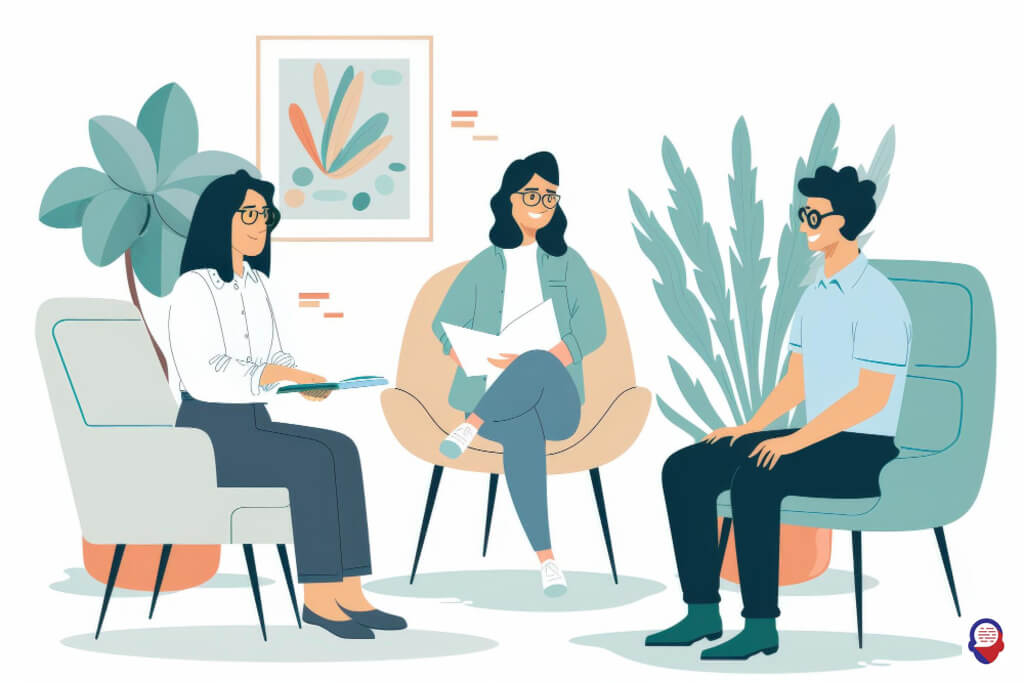
What is Acceptance and Commitment Therapy (ACT) for anxiety?
Acceptance and Commitment Therapy, known as ACT, is a newer form of therapy that takes a different approach to anxious thoughts and feelings. Instead of trying to challenge or change them directly, ACT teaches you to accept their presence and not let them rule your life. It operates on the principle that struggling against anxiety often makes it stronger.
ACT is built on six core processes. You learn to practice "cognitive defusion," which means seeing your thoughts as just thoughts, not as objective truths or direct commands. You might picture your worries as leaves floating down a stream, acknowledging them as they pass by without getting swept away. This creates distance and lessens their power over you.
The "acceptance" part involves making room for uncomfortable feelings without fighting them. It’s about dropping the rope in the tug-of-war with anxiety. This doesn’t mean you have to like the feeling, it just means you stop wasting energy trying to suppress it, freeing up that energy for more important things. ACT also heavily emphasizes mindfulness, helping you connect with the present moment rather than being lost in future-oriented worries.
The "commitment" piece is about clarifying what truly matters to you, your core values, and then taking committed action in line with those values, even when anxiety shows up. If you value connection but social anxiety holds you back, a committed action might be calling a friend, even if you feel anxious doing it. The goal of ACT isn’t to eliminate anxiety, but to build a rich, full, and meaningful life alongside it.

Can psychodynamic therapy help with GAD?
Yes, psychodynamic therapy can be very helpful for GAD, especially for individuals who feel their anxiety is deeply rooted in past experiences, relationships, or unresolved conflicts. This approach works from the premise that our present-day anxieties are often symptoms of deeper, unconscious emotional patterns developed earlier in life.
Unlike the structured, skill-based nature of CBT, psychodynamic therapy is more exploratory and insight-oriented. The goal is to bring unconscious thoughts and feelings into conscious awareness. By understanding how past events and relationships have shaped your internal world and your ways of coping, you can begin to loosen their grip on your present.
In these sessions, you might explore your early relationships with caregivers, significant life events, and recurring themes in your relationships and career. The therapeutic relationship itself becomes a key tool, as patterns from your past may emerge in your interactions with the therapist. Working through these patterns in a safe, therapeutic setting can lead to profound emotional healing.
While it can be a longer-term process than CBT or ACT, psychodynamic therapy can provide a deep and lasting resolution for some individuals with GAD. It helps answer the "why" behind the worry, leading not just to symptom reduction but to a more integrated and authentic sense of self.
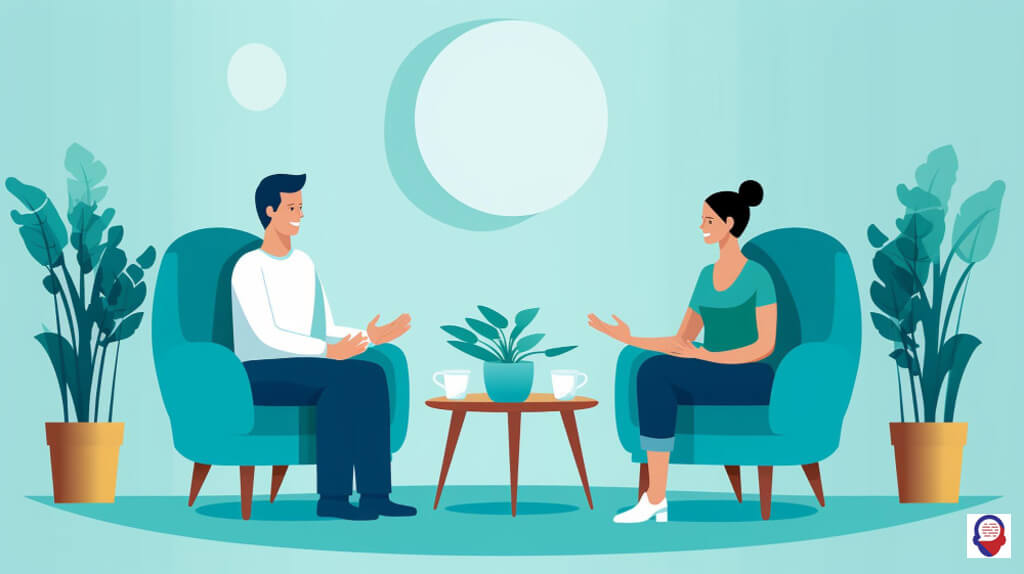
What can I expect in my first therapy session for GAD?
You can expect your first therapy session to be a getting-to-know-you process, often called an intake or assessment, where the primary goal is for you and the therapist to determine if you are a good fit for working together. It is a two-way street, you are interviewing them just as much as they are gathering information about you.
The therapist will ask you questions about what brought you to therapy, the nature of your worries, your symptoms, and how they are impacting your life. They may also ask about your personal history, your family, your relationships, and your general health. Be as open and honest as you feel comfortable with, but know that you do not have to share anything you are not ready to discuss.
This initial session is also your opportunity to ask questions. You can ask about the therapist’s experience with GAD, their therapeutic approach, what a typical session looks like, and what you can expect from the process. The most important outcome of this first meeting is for you to feel heard, understood, and safe.
Building a strong therapeutic alliance, a sense of trust and rapport with your therapist, is one of the most significant predictors of successful therapy. If you leave that first session feeling a sense of connection and hope, that is a very positive sign. It marks the beginning of a collaborative journey toward managing your anxiety.

How can I make the most of my GAD therapy?
You can make the most of your therapy by approaching it as an active and engaged participant, not a passive recipient. The work you do between sessions is often just as important as the work you do during them, so be prepared to practice the skills and reflect on the insights you gain.
One of the most crucial things you can do is be open and honest with your therapist, even when it feels difficult or embarrassing. Therapists are trained to provide a non-judgmental space, and the more they understand your true thoughts and feelings, the more effectively they can help you. If something isn’t working or you disagree with an interpretation, say so. Feedback is invaluable.
Embrace the "homework." If your CBT therapist suggests a thought record or a behavioural experiment, give it a genuine try. If your ACT therapist encourages a mindfulness practice, commit to a few minutes each day. These exercises are designed to translate insights from the therapy room into real-world changes in your life.
Finally, be patient and compassionate with yourself. Therapy is not a linear process, there will be ups and downs. There will be weeks where you feel you’ve made huge progress and weeks where you feel stuck. This is normal. Lasting change takes time, and celebrating small victories along the way is essential for staying motivated on your path to wellness.
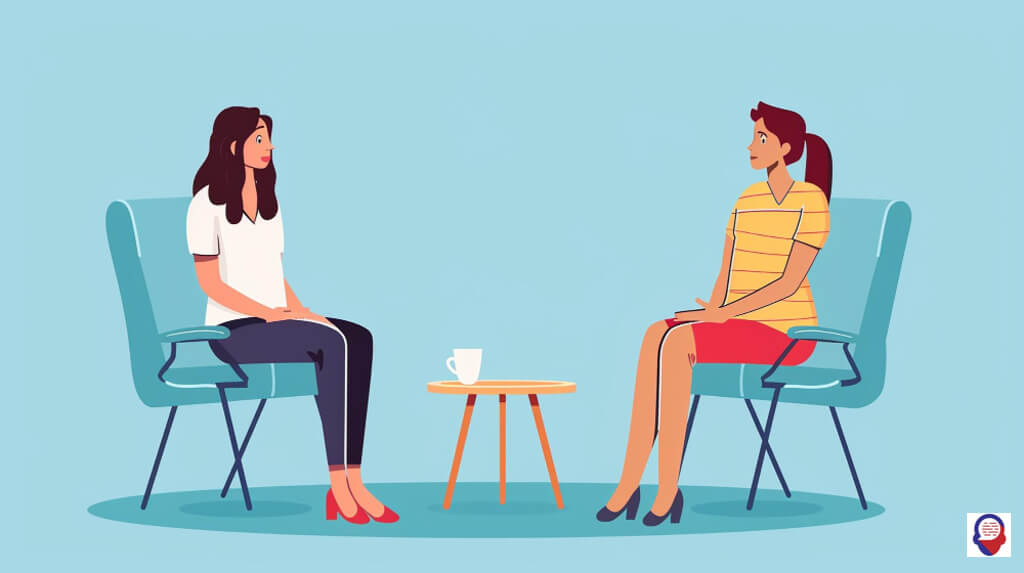
How long does therapy for GAD usually take?
The duration of therapy for GAD varies significantly from person to person, depending on the severity of the symptoms, the specific therapeutic approach used, and the individual’s personal goals and engagement in the process. There is no standard timeline, as treatment is tailored to your unique needs.
For more structured, skill-based therapies like Cognitive Behavioural Therapy, treatment is often shorter-term. Many people see significant improvement within 12 to 20 sessions, which might span over a period of three to six months. The focus is on providing you with a practical toolkit to manage your anxiety effectively.
Longer-term approaches, such as psychodynamic therapy, may last for a year or more. This type of therapy delves deeper into the underlying roots of anxiety, aiming for more fundamental personality and emotional change, which naturally requires more time to unfold.
Ultimately, the goal is not to stay in therapy forever but to reach a point where you feel confident and equipped to manage your anxiety independently. You and your therapist will regularly review your progress and collaboratively decide when you have met your goals and are ready to end the formal sessions, or perhaps transition to less frequent "maintenance" appointments.
Frequently Asked Questions

Can therapy cure GAD? Therapy may not "cure" GAD in the way an antibiotic cures an infection, but it can be incredibly effective at reducing symptoms to a point where they no longer dominate your life. The goal is management and resilience. You will learn the skills to handle worry when it arises, significantly improving your quality of life and allowing you to live freely, without being controlled by anxiety.

Is online therapy as effective as in-person for GAD? Yes, for many people, online therapy can be just as effective as in-person therapy for GAD. Numerous studies have shown that video-based CBT, for example, produces outcomes comparable to traditional face-to-face sessions. The key factor for success remains the quality of the therapeutic relationship, which can absolutely be built and maintained through a screen.

What if I don’t "click" with my first therapist? It is perfectly normal and acceptable to not feel a connection with the first therapist you meet. The therapeutic alliance is crucial for success, so finding the right fit is important. If you don’t feel comfortable after a few sessions, it is okay to seek out a different professional. A good therapist will understand and support your decision to find someone who better suits your needs.
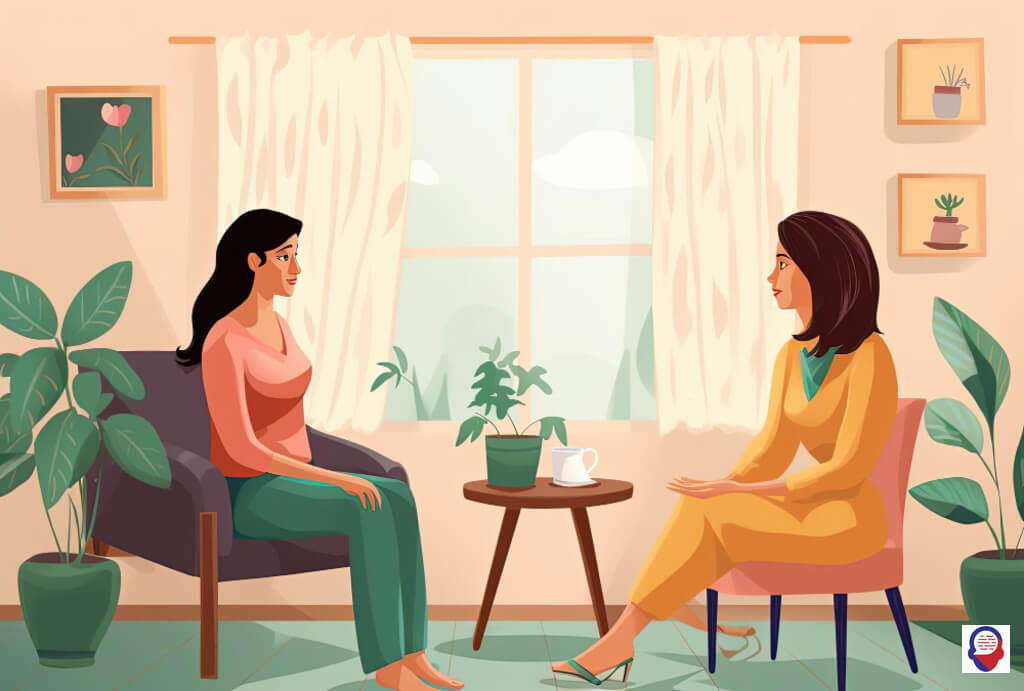
Will I have to talk about things I don’t want to? No, a therapist will never force you to talk about anything you are not ready or willing to discuss. Therapy is a collaborative process, and you are always in control of what you share. A skilled therapist will create a safe environment where you feel comfortable opening up at your own pace, gently encouraging exploration without ever pushing you past your boundaries.
You have taken a courageous step just by reading this, by seeking to understand the worry that has held you for too long. The path to a calmer mind and a more fulfilling life is real, and it often begins with a single conversation.
At Counselling-uk, we believe that everyone deserves a safe, confidential, and professional place to find support for life’s challenges. Our mission is to connect you with compassionate, qualified professionals who can guide you through the process of therapy for GAD. You don’t have to navigate this alone. Reach out today to begin your journey toward lasting relief and discover the strength and peace that lies within you.


